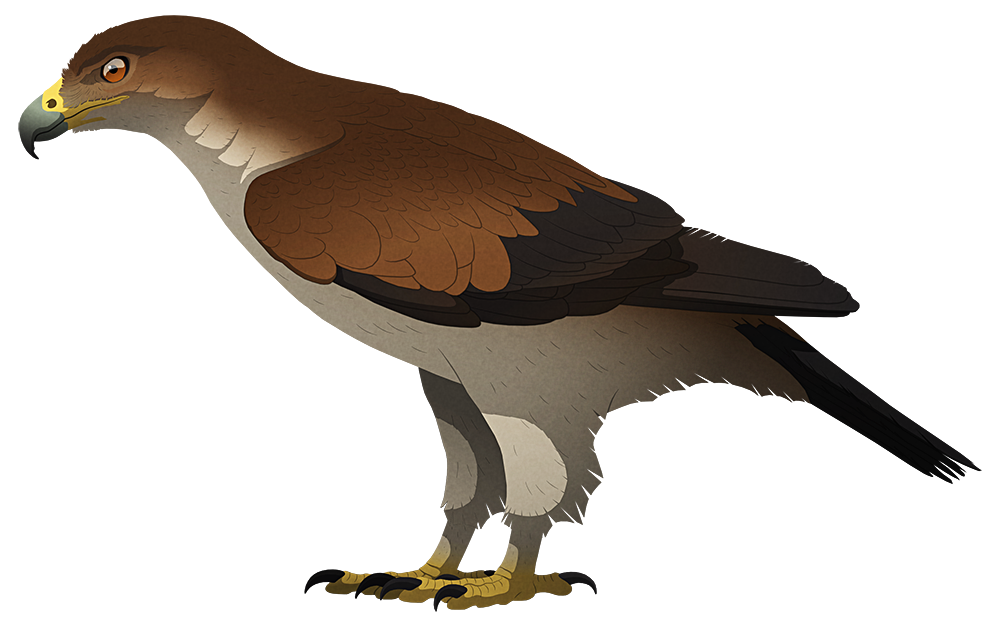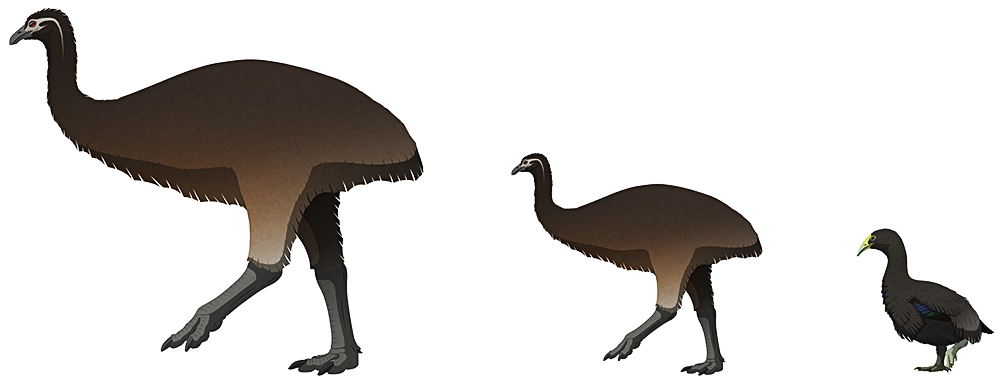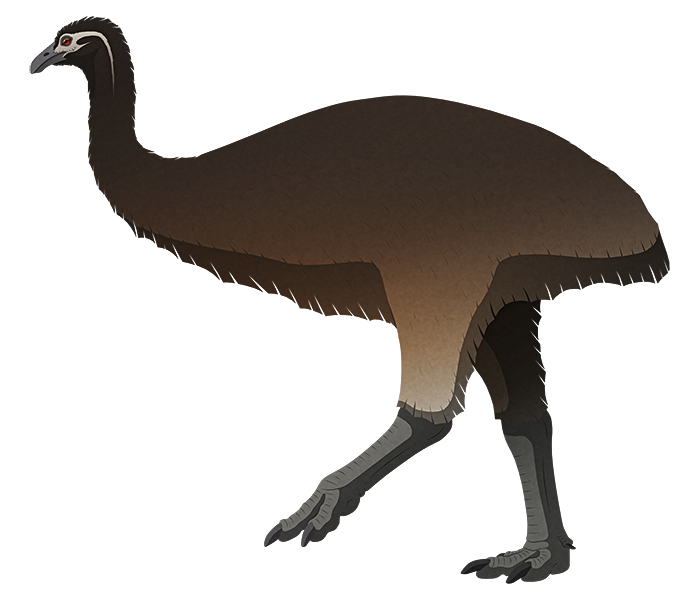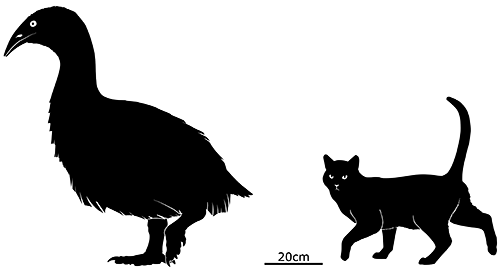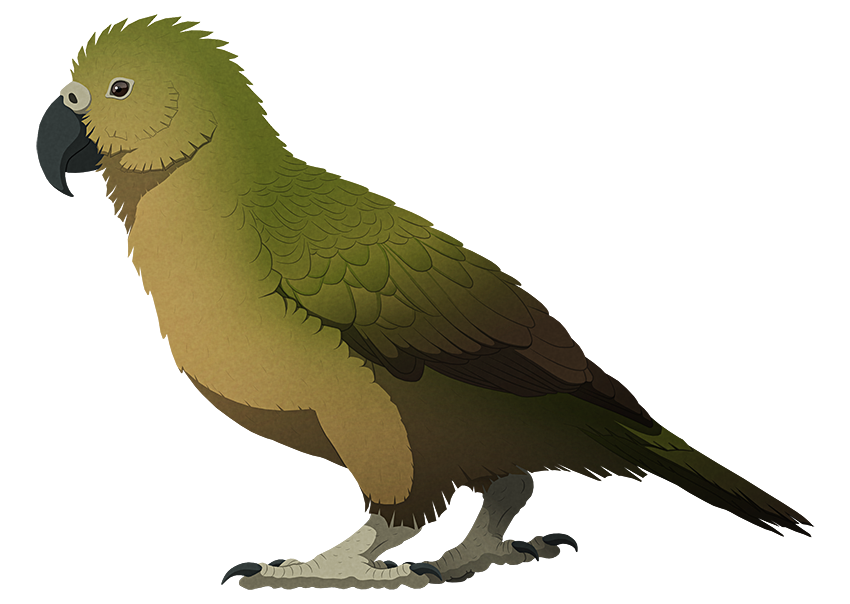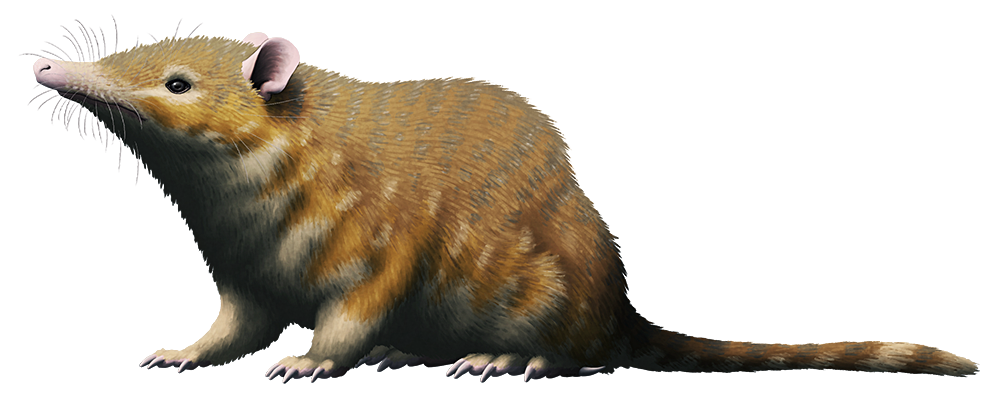Before the arrival of humans in New Zealand, the only predator of the native giant flightless birds was Haast’s eagle (Hieraaetus moorei), an enormous species of raptor from the South Island.
With the slightly larger females reaching lengths of around 1.4m (4’7″) and hefty body weights of 15kg (33lbs), it was the largest eagle known to have ever lived, and one of the largest of all birds of prey. Yet its wings were actually proportionally short for its size, spanning about 2.5m (8’2″), giving it less ability to soar but much better maneuverability when flying in the thick vegetation of scrubland and forests.
Its closest living relatives are the much smaller Australian little eagle and the Palearctic booted eagle, which its lineage split from sometime in the Pleistocene — meaning that it must have evolved to be so huge incredibly quickly.
At its size and weight when striking it would have hit its prey with a force equivalent to a falling cinder block, and with no major competitors it could have fed from a single large kill for many days.
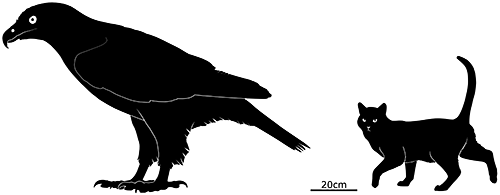
As apex predators Haast’s eagles would also have never been particularly numerous, and their population was very sensitive to the availability of their prey species.
Unfortunately the early Māori people also found the large flightless birds like the moa to be delicious easy meals, and by the early 1400s the eagle had disappeared alongside its main food sources. Legends about a giant human-eating bird called the pouakai are thought to be based on folk memory of Haast’s eagle, and it may well have occasionally preyed on the settlers during the short time it coexisted with them.

